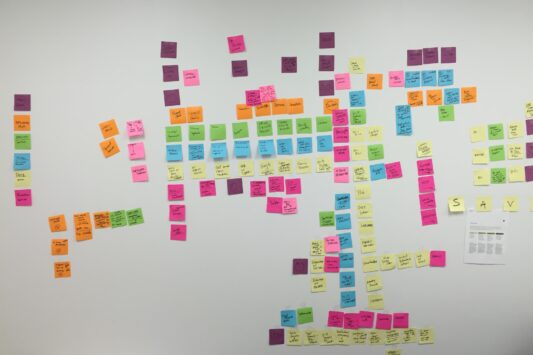Era of Choice: Today's New Leadership Priorities
Today’s New Leadership Priorities

In the information era, this dynamic has flipped. The new approach starts with sources of value and then walks the talk. Rather than assuming what you DO is given, start with what customers truly value today and build new value propositions. Start with SAY to DO something different.

Rather than calling it an MP3 Player (a technical product), it's an iPod with “1,000 songs in your pocket” (personal music).

Rather than buying running shoes (product), "Just Do It" (motivation).
Rather than go to the store, download a song or have a product shipped to my house. I want to track the shipment and manage my library.
Rather than buying software in a box or a car in a showroom, pay for a monthly service and get free upgrades.
Rather than hailing a taxi, order one with your smart phone and pay for it, track my ride, and rate my driver, etc.
SAYing something different often helps organizations to change, enabling teams to adapt and grow.
The New Organization will switch from DO→ SAY to SAY→ DO.

Yesterday’s Big Idea may not suit tomorrow’s customer
Organizations following a historical pattern may lose sight of the Big Idea, instead being focused around the edges. The risk of not being focused on the unmet need is that customer needs is becoming greater.
Big Ideas are always based on customer insights. Apple understood that people don’t want albums, they want songs. Amazon understood that people don’t need to go to stores to buy books (or, perhaps, anything else). Facebook understood that people value connections and communication above nearly all else. These innovators delivered customer experiences through technology, but the Big Idea was about customer motives and values. Value propositions are based on values.










